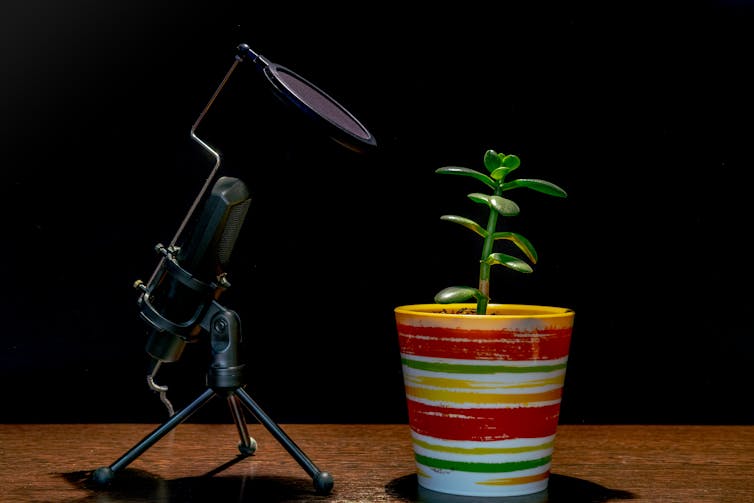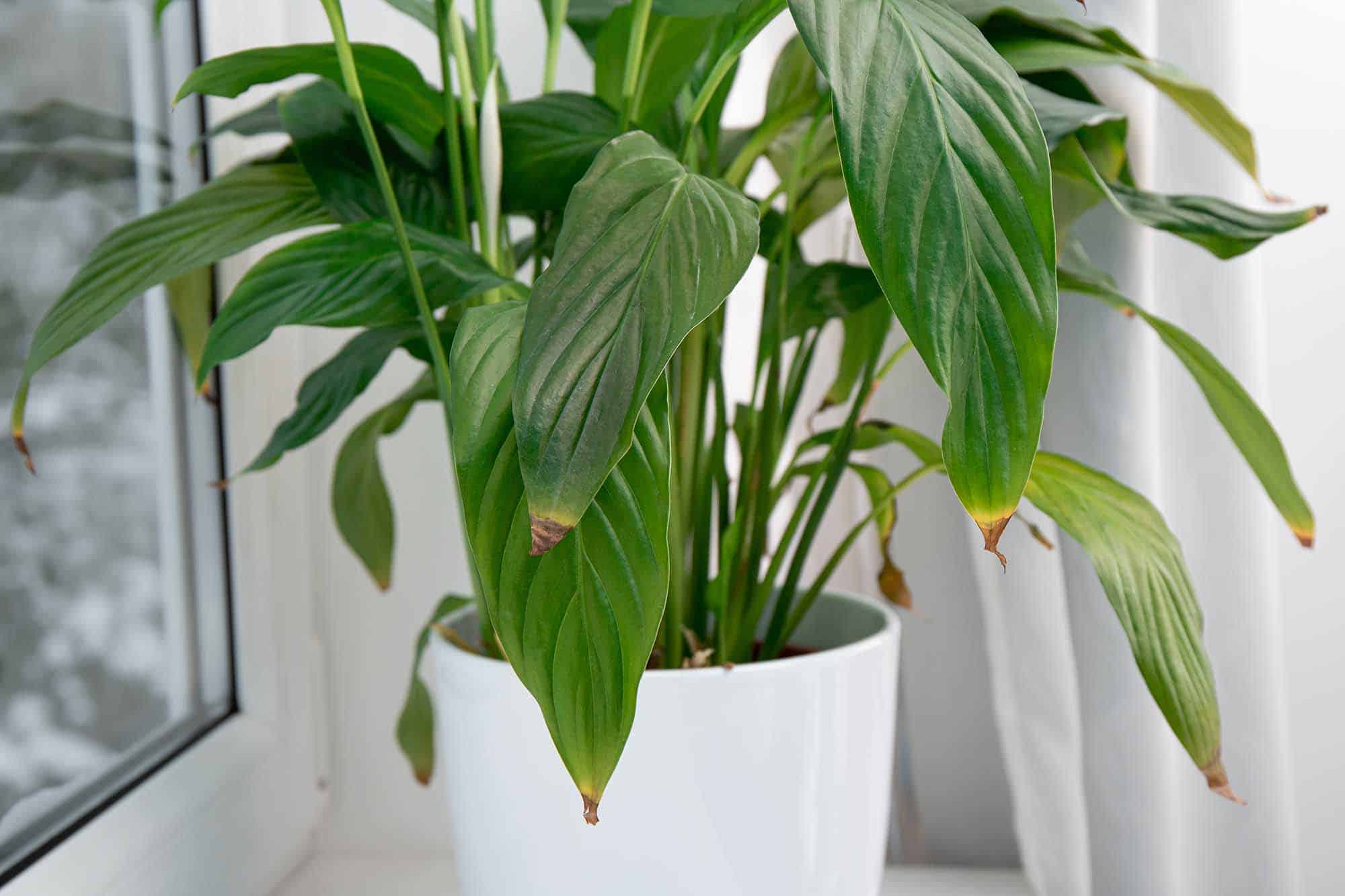A crew led by consultants at Tel Aviv School has confirmed tomato and tobacco vegetation, amongst others, not solely make sounds, nevertheless obtain this loudly ample for various creatures to take heed to.
Their findings, printed throughout the journal Cell, are serving to us tune into the rich acoustic world of vegetation – one which performs out all through us, however certainly not pretty inside human earshot.
Vegetation can listen, nevertheless now they’ll communicate!
Vegetation are “sessile” organisms. They’re going to’t run away from stressors just like herbivores or drought.
As a substitute, they’ve developed difficult biochemical responses and the ability to dynamically alter their improvement (and regrow physique components) in response to environmental alerts along with gentle, gravity, temperature, contact, and dangerous chemical compounds produced by surrounding organisms.
These alerts help them maximise their improvement and reproductive success, put collectively for and resist stress, and type mutually helpful relationships with completely different organisms just like fungi and micro organism.
In 2019, researchers confirmed the buzzing of bees could trigger vegetation to provide sweeter nectar. Others have confirmed white noise carried out to Arabidopsis, a flowering plant throughout the mustard family, can set off a drought response.
Now, a crew led by Lilach Hadany, who moreover led the aforementioned bee-nectar analysis, has recorded airborne sounds produced by tomato and tobacco vegetation, and 5 completely different species (grapevine, henbit deadnettle, pincushion cactus, maize and wheat).
These sounds had been ultrasonic, throughout the fluctuate of 20-100 kilohertz, and as a result of this truth can’t be detected by human ears.
Careworn vegetation chatter additional
To carry out their evaluation, the crew positioned microphones 10cm from plant stems that had been each uncovered to drought (decrease than 5% soil moisture) or had been severed near the soil. They then in distinction the recorded sounds to those of unstressed vegetation, along with empty pots, and situated harassed vegetation emitted significantly additional sounds than unstressed vegetation.
In a cool addition to their paper, as well as they included a soundbite of a recording, downsampled to an audible fluctuate and sped up. The result is a distinguishable “pop” sound.
The number of pops elevated as drought stress elevated (sooner than starting to say no as a result of the plant dried up). Moreover, the sounds may probably be detected from a distance of 3-5 metres – suggesting potential for long-range communication.
Nonetheless what really causes these sounds?
Whereas this stays unconfirmed, the crew’s findings advocate that “cavitation” may be a minimal of partially chargeable for the sounds.
Cavitation is the strategy by which air bubbles enhance and burst inside a plant’s water-conducting tissue, or “xylem”. This rationalization is smart if we consider that drought stress and chopping will every alter the water dynamics in a plant stem.
Regardless of the mechanism, it seems the sounds produced by harassed vegetation had been informative. Using machine learning algorithms, the researchers could distinguish not solely which species produced the sound, however as well as what kind of stress it was affected by.

We now have the first evaluation proof that vegetation may make airborne sounds, heard as much as some metres away. Shutterstock
It stays to be seen whether or not or not and the way in which these sound alerts is prone to be involved in plant-to-plant communication or plant-to-environment communication.
The evaluation has to this point didn’t detect any sounds from the woody stems of woody species (which contains many tree species), although they may detect sounds from non-woody components of a grapevine (a woody species).
What could it suggest for ecology, and us?
It’s tempting to speculate these airborne sounds could help vegetation speak their stress additional extensively. May this sort of communication help vegetation, and possibly wider ecosystems, adapt larger to change?
Or possibly the sounds are utilized by completely different organisms to detect a plant’s effectively being standing. Moths, for example, hear contained in the ultrasonic fluctuate and lay their eggs on leaves, as a result of the researchers degree out.
Then there’s the question of whether or not or not such findings could help with future meals manufacturing. The worldwide demand for meals will solely rise. Tailoring water use to give attention to explicit individual vegetation or sections of topic making primarily essentially the most “noise” could help us additional sustainably intensify manufacturing and minimise waste.
For me personally, if any person could give a microphone to my neglected veggie patch and have the notifications despatched to my cellphone, that may be loads appreciated! ![]()
Alice Hayward, Molecular Biologist, The School of Queensland
This textual content is republished from The Dialog beneath a Ingenious Commons license. Study the distinctive article.
